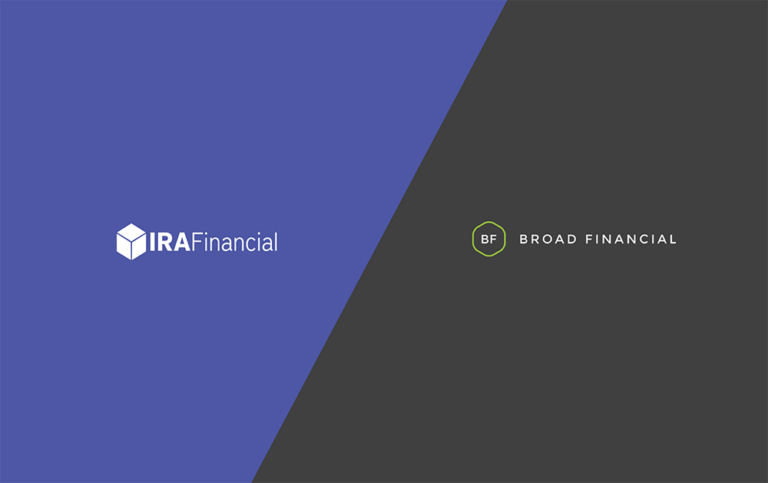For many Americans, saving for a first home feels like running a marathon in heavy shoes. Between rising home prices and student loan debt, finding enough cash for a down payment can be a real challenge. But there’s a lesser-known IRS-approved strategy that can give first-time buyers a boost: using a Roth IRA to help fund your purchase.
This approach can provide a dual benefit. Your contributions grow tax-free inside the account. Furthermore, you can withdraw your contributions at any time, tax- and penalty-free—and in certain cases, even some earnings—without jeopardizing your retirement savings.
Let’s break down how this works, why it’s unique, and how it stacks up against saving in a traditional taxable account.
Key Takeaways
- The Roth IRA First-Time Home Buyer Rule lets you withdraw contributions anytime tax- and penalty-free, plus up to $10,000 in earnings tax-free if conditions are met.
- Using a Roth IRA for your down payment can save thousands in taxes compared to a taxable account, helping you reach home ownership faster.
- Strategic Roth IRA contributions allow you to cover your home purchase needs while keeping remaining funds invested for long-term, tax-free retirement growth.
Understanding the Roth IRA

A Roth IRA is a retirement account funded with after-tax dollars. That means you don’t get a tax deduction when you contribute, but your money grows tax free, and qualified withdrawals are also tax free. To withdraw Roth IRA funds tax- and penalty-free, the account must be open for at least five years and the withdrawal must be for a qualified reason, which is usually reaching age 59 ½. On the other hand, contributions can be withdrawn anytime regardless of age.
Two key features make the Roth IRA especially valuable for first-time home buyers. First, it offers contribution flexibility, allowing you to withdraw your original contributions at any time, for any reason, without taxes or penalties. Second, it includes a special first-time home buyer rule that lets you withdraw up to $10,000 in earnings tax- and penalty-free, if certain conditions are met, to buy or build your first home.
The First-Time Home Buyer Rule in Action
The IRS defines a “first-time home buyer” as someone (and their spouse, if married) who hasn’t owned a principle residence during the two-year period ending on the date of the new home purchase.
If you qualify, here’s how the rule works:
- Withdraw contributions first: No taxes, no penalties—regardless of age or reason.
- Withdraw up to $10,000 in earnings: Tax- and penalty-free if:
- The Roth IRA has been open at least five years.
- You use the funds within 120 days for the purchase or construction of your first home.
This $10,000 limit is lifetime per person. For a married couple, that could mean $20,000 total in earnings available for a first home purchase!
Roth IRA Contribution Strategy for Home Buyers
In 2025, Roth IRA contributions remain capped at $7,000 for individuals under 50, and $8,000 for those aged 50 and above, thanks to the catch‑up allowance. Your eligibility to contribute hinges on your Modified Adjusted Gross Income (MAGI). However, beginning in 2010, irrespective of income, anyone can make a Roth IRA contribution through the “Backdoor” Roth IRA strategy which entails making an after-tax IRA contribution and then making a tax-free Roth IRA conversion.
Unlike traditional IRAs, Roth contributions are made with after-tax dollars, so you don’t get a deduction up front. However, you can withdraw the contribution portion (the exact dollars you put in, not the investment earnings) at any time, for any reason, tax- and penalty-free. This is because you’ve already paid income tax on that money before contributing. Thus, if one makes annual Roth IRA contributions, the contributions can grow without tax and the contributions could then be taken out tax free. The earnings can remain in the Roth IRA and continue to grow tax free.
Book a free call with a self-directed retirement specialist
- Review your self-directed retirement options
- Learn about investing in alternative assets
- Get all of your questions answered
Why This Matters: The Down Payment Hurdle

According to recent housing market data, the average down payment on a home in the U.S. is around $35,000, though this varies widely by region. For first-time home buyers, the average is lower—closer to 6% of the home price, or roughly $20,000 on a $330,000 starter home.
For many buyers, coming up with that lump sum is the single biggest barrier to home-ownership. Using a Roth IRA can make a major difference—potentially covering all or most of the down payment without triggering extra taxes, which means you can get into your home sooner without draining your cash flow.
Example: Roth IRA vs. Personal Funds
Let’s say you’ve been diligently contributing $4,000 per year to a Roth IRA for eight years at an 8% annual return. At the end of eight years, you would have roughly $42,500—about $32,000 in contributions and $10,500 in earnings.
If you used the Roth IRA first-time home buyer strategy:
- You could withdraw the $32,000 in contributions tax- and penalty-free.
- If you qualify under the first-time home buyer rule, you could also withdraw up to $10,000 in earnings without tax or penalties.
- Any remaining earnings could stay invested in the Roth IRA, compounding tax free for your retirement.
Result: You have up to $42,000 available for your home without paying a dime in taxes—more than enough to cover the average first-time home buyer down payment.
Now compare this to using a taxable savings or investment account:
- You contribute the same $4,000 per year for eight years, earning the same 8% return.
- You end up with the same $42,500 total, but $10,500 of that is taxable investment gains.
- When you withdraw the money for your down payment, you could owe capital gains tax on those earnings—up to 15% or even 20% for high earners, plus state taxes in some cases. That’s $1,500–$2,000 (or more) lost to taxes.
Quick Comparison: Roth IRA vs. Personal Funds
| Feature | Roth IRA (First-Time Home Buyer) | Personal Taxable Account |
|---|---|---|
| Annual Growth | Tax-free | Taxable |
| Withdraw Contributions | Anytime, tax-free | Anytime, but no tax break |
| Withdraw Earnings | Up to $10,000 tax-free if qualified | Fully taxable |
| Impact on Retirement | Remaining funds grow tax-free | Remaining funds taxable |
| Tax on $10,500 in Earnings | $0 | Varies — up to $1,575 at 15% capital gains rate* |
| Total Net Proceeds | $10,500 | $8,925 |
*Assumes 2025 federal long-term capital gains rate of 15%, not including potential state taxes.
Conclusion
For first-time home buyers, the Roth IRA offers a rare combination of tax-free growth, flexible withdrawals, and a special IRS-approved home buyer perk. By strategically using your Roth IRA contributions—and possibly up to $10,000 in earnings—you can boost your down payment without triggering taxes or penalties, leaving more money in your pocket for your dream home.
Compared to saving in a taxable account, the Roth IRA can help you keep more of what you’ve earned, both for your home purchase and for your future retirement. With average down payments being one of the largest financial hurdles for first-time buyers, this strategy could be the key to making home-ownership a reality sooner.
Use Your Roth IRA to Make Homeownership a Reality
Don’t let the down payment hurdle slow you down. With the Roth IRA first-time home buyer strategy, you can access contributions—and potentially up to $10,000 in earnings—tax- and penalty-free. Our specialists help you understand your options, maximize your funds, and keep your retirement strategy on track.
👉 Schedule a Free Consultation to see if using a Roth for your home purchase makes sense for you.
👉 Ready to get started? Open Your Roth IRA Today.
Frequently Asked Questions
What is the Roth IRA First-Time Home Buyer Rule?
It’s an IRS provision that allows qualified first-time home buyers to withdraw up to $10,000 in Roth IRA earnings tax- and penalty-free, in addition to withdrawing contributions at any time without taxes or penalties.
Who qualifies as a first-time home buyer under this rule?
The IRS defines a first-time home buyer as someone (and their spouse, if married) who hasn’t owned a principle residence during the two-year period before the new home purchase.
What are the requirements for withdrawing Roth IRA earnings tax-free?
Your Roth IRA must be open for at least five years, and the withdrawal must be for a qualified reason—such as buying or building your first home—within 120 days of taking the distribution.
How much can I withdraw from a Roth IRA for my first home?
You can withdraw any amount of your contributions at any time tax- and penalty-free, plus up to $10,000 in earnings tax-free if you meet the first-time home buyer requirements. For married couples, each spouse can withdraw up to $10,000 in earnings, for a total of $20,000.



